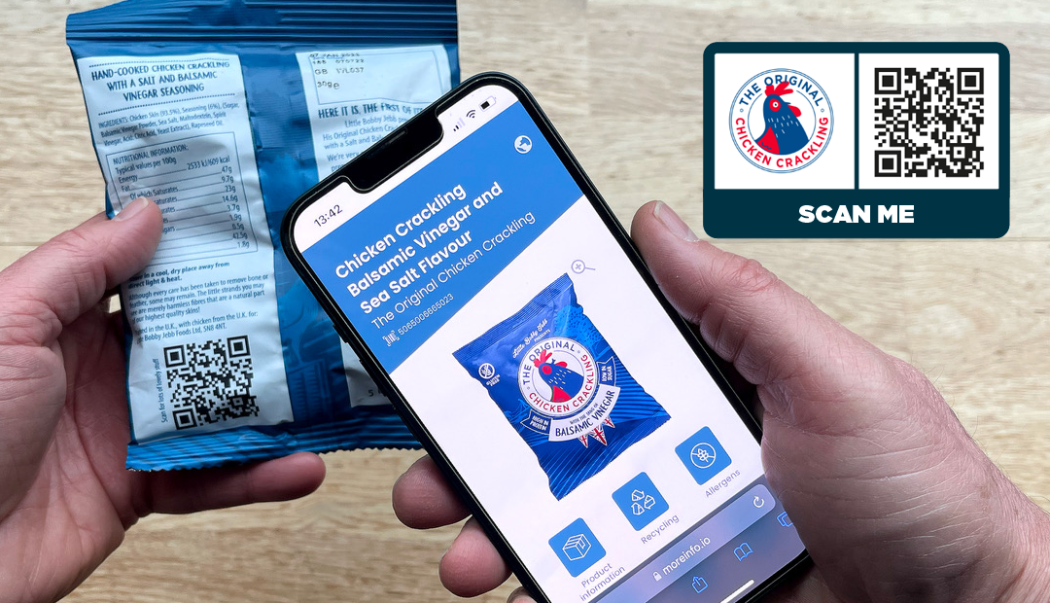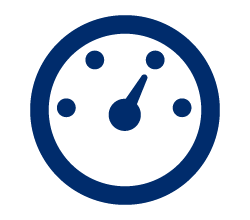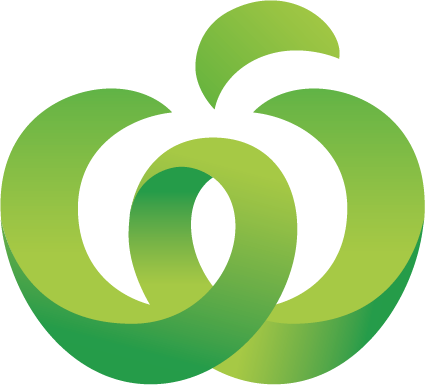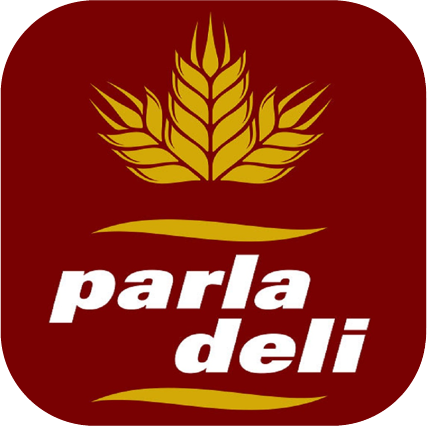2D in retail: Next generation barcodes
One scan. Infinite possibilities
Consumers, brand owners, retailers, and regulators: it seems everyone wants to know more about products — and as a result, everyone is looking for better ways to access product information.
The challenge? Traditional linear barcodes provide only the product identification number, or “GTIN” (Global Trade Item Number). Even traditional QR codes are limited as they often point to a singular location or web page on the internet.
Watch: GS1 New Zealand shares the innovation possible with 2D barcodes
GS1 New Zealand has joined the Shared Horizons video series for 2024. Presented by the New Zealand Food and Grocery Council in partnership with ASN Media, Shared Horizons showcases the latest innovations, inspirations and leadership in Aotearoa New Zealand’s food and beverage industry.
2D barcodes: the next generation of barcodes
2D Barcodes are set to transform the way our members do business. A 2D barcode can carry substantially more information than a traditional linear barcode, opening a world of possibilities for Kiwi businesses. Unlike standard ‘QR codes’, GS1 2D Barcodes also go ‘beep’ at point of sale just like a traditional barcode.
Working with retailers and product manufacturers, GS1 NZ is aiming for all retail point-of-sale systems in New Zealand to scan 2D barcodes by the end of 2027.
Increase business efficiency
Drive consumer engagement
Revolutionise point of sale
How to prepare for 2D barcodes
2D barcodes in action
Woolworths - New Zealand
Woolworths New Zealand say they are improving product freshness, reducing waste and strengthening food safety interventions through their use of GS1 2D barcodes. Read more.
Parla Deli - Brazil
Parla Deli needed to reduce food waste, improve inventory management and be more confident that they weren’t letting expired products get into their customers’ shopping bags. Read the full case study.
Watch - 2D barcodes webinar
On Wednesday 27 April 2022, we were joined by Roberto Olivares, Senior Project Manager Woolworths Australia, and Phil Archer, Director of Web Solutions, GS1 Global Office, to talk about what the introduction of 2D barcodes could mean for the New Zealand market. Watch now.
2D barcodes on RNZ Morning Report
GS1 New Zealand's Chief Operating Officer Richard Manaton spoke to Ingrid Hipkiss on RNZ's Morning Report about the future of barcodes.
“2D barcodes have immense potential, and we’re excited to see how they will improve food safety, traceability, and stock management.”
Richard Plunkett, GM Business Enablement, Woolworths
Start your 2D barcoding journey
We can help you wherever you are on your 2D journey. Contact us to discuss how we can support you.
- Plan
- Pilot
- Progress







